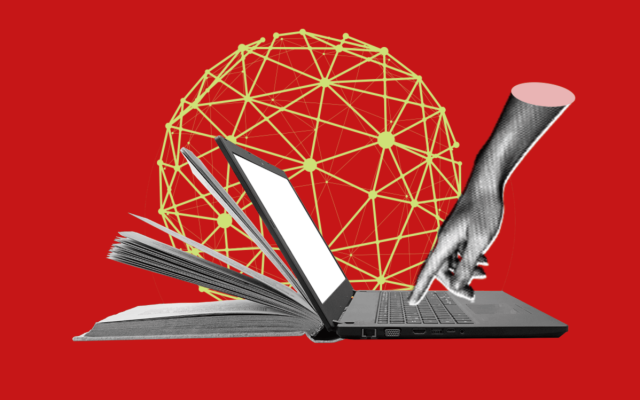Milano Digital Week: students learn to identify frauds.
Phone calls from fake bank personnel convince clients to provide their credentials to unblock payments, alarming SMSs invite users to click on a false bank links, WhatsApp messages from fake family accounts mentioning a problem with their phones and asking for money wire transfers … These are just a few of the most common forms of fraud that lead to empty bank accounts. They have different names but all amount to the same thing. After earning someone’s trust, the fraudster seeks to obtain the victim’s bank credentials and carry out operations in their own favour.
How can we defend ourselves from this? First of all, it is important not to share sensitive information on social profiles, that can provide an advantage to fraudsters. Then, it is essential to be careful and check up on these things using the tools available to make sure that communications from a bank are authentic. These are important rules for young men and women, too, who spend a lot of time on-line and share their personal information.
This is the reason for which ING Italia and the Fondazione Mondo Digitale ETS have organised a course for the Milano Digital Week called “Cyber-detective for a Day.” After a training session on the most common cybercrime techniques, sixty-five students in the 4th and 5th year of uppers secondary school were called to act as IT investigators and resolve a cybercrime fraud case through open-source intelligence techniques (OSINT). The event was promoted as part of Job Digital Lab, the national programme that since 2020 has been chosen by over 31,000 people to improve their digital skills and learn about emerging professional fields. The students attended both training and orientations sessions on cyber careers with Damiano Zanisi, Chief Information Officer at ING Italia, and the team of Women for Security, a community of female professionals operating in the field of IT security in Italy.
“On-line fraud is a social problem that causes significant economic and emotional damage to its victims,” explains Damiano Zanisi. “No one is immune. Thanks to their level of sophistication, cybercriminals attack both fragile and skilled individuals. And even young men and women, who spend most of their time on digital ecosystems, are victims. This is why it is important to provide them with them with the tools necessary to recognise fraud attempts and raise their awareness about verifying who has called them and understand if they are truly trustworthy or not.”
Understanding and verification are two central elements in the informational activities that ING Italian promotes with its clients. Both attitudes are stimulated in ING’s newest fraud protection drive – “Is it really ING?” – an app section that clients can use to immediately verify if they are truly being called by ING staff or not. The results achieved so far are encouraging. Two months after its launch, phone frauds to ING clients have been significantly reduced. This new technology is part of a greater framework of actions that the digital bank uses to inform its clients on the risk of fraud: 15 information campaigns that have created 10 million direct email marketing messages and various educational activities on social media.




